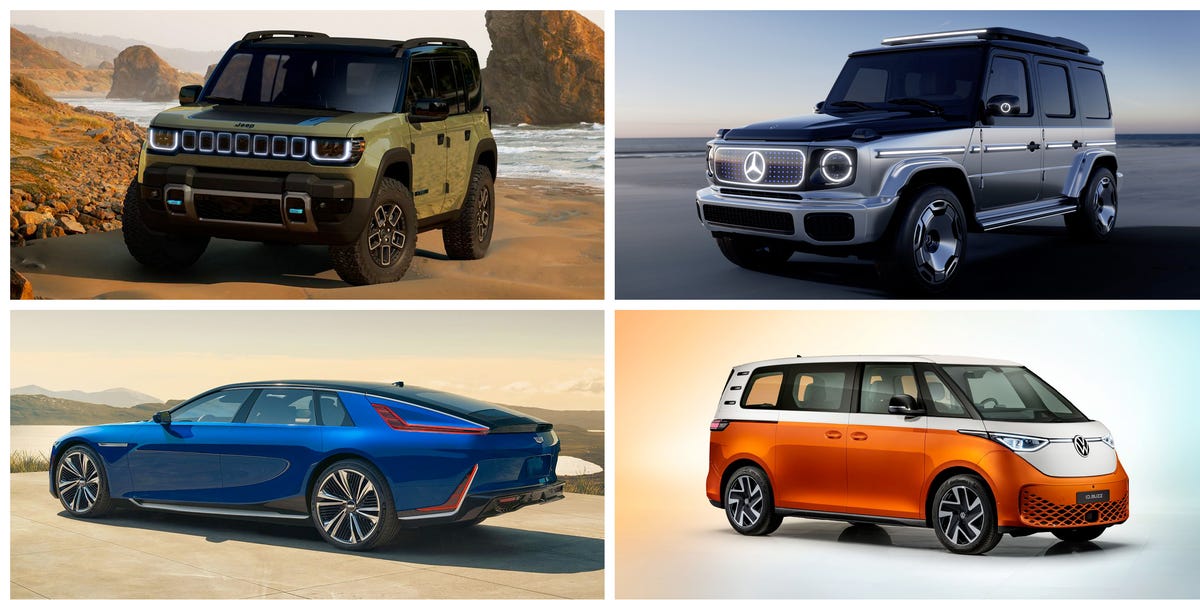
The use of sunroofs in cars and SUVs is becoming increasingly common and in high consumer demand. Sunroofs in vehicles have several benefits, two of which are direct access to sunlight and fresh air. However, despite these many benefits, many people wonder if this automobile accessory is safe, mainly when there is a rollover.
If a rollover accident occurs in a vehicle with a sunroof, are the driver and passengers of the car safe? There is a possibility of fatal and serious injuries as high as in crashes involving other vehicles.
However, for sun-roofed vehicle owners and occupants, there is a need to pay extra attention to hazards more peculiar to them. Below are some of the hazards that occur in rollovers involving vehicles with sunroofs to be cautious of.
Ejection
If a vehicle with a sunroof is involved in a rollover accident, one of the hazards faced is ejection from the vehicle. However, there are slimmer chances of this happening if the driver and passenger have their seat belt on. According to the National Highway Transportation Safety Administration (NHTSA), out of the over 22,000 vehicle occupants killed in crashes in 2019, about 47 percent were not wearing seat belts.
Therefore, if you own or ride with a sunroof, always use your seatbelt while driving for safety. Also, encourage other passengers to do the same; this increases your chances of survival in the event an accident occurs.
Passenger ejection is the more likely and greater danger in a crash involving a vehicle with a sunroof. Everyone is kept in their place by always putting on their seatbelt while the car moves. As such, crush zones and airbags can work effectively during a crash.
Lacerations From Shattered Glass
Many sunroofs are made using laminated glass, lowering the risks or chances of shattering. However, this is no guarantee that a sunroof will not break, especially in a serious motor vehicle accident. Meanwhile, in some other sunroofs, the glass crumbles instead o breaking into sharp shards.
Shards will likely rain down on the vehicle’s occupants if the glass breaks. As a result, the vehicle occupants may experience severe lacerations or, in worse cases, severed limbs.
The good news is that sunroof vehicle manufacturers like Hyundai are developing roof airbags capable of covering the car’s ceiling. Thus, in the event of a rollover, the passengers are protected from ejection and broken glass.
Preventive Measures Taken
Both the vehicle engineers and the government are doing their job in ensuring these vehicles are fit for the road. First, engineers utilize stringent standards and testing in building the car, developing safeguards for protection against common and uncommon crashes.
On the other hand, the government scrutinizes cars using crash tests to identify structural weaknesses. Also, roof strength is one of the vehicle ratings of the IIHS (Insurance Institute for Highway Safety). The goal is to provide all vehicles provide a prescribed level of protection.
Conclusion
Sun-roofed vehicles have their associated hazards, as do other types of vehicles. These two hazards listed in this article are more peculiar to accidents involving vehicles with sunroofs.
“Those considering a vehicle with a sunroof should consider the potential dangers of the feature before hitting the road,” says attorney Amy Gaiennie of Amy G Injury Firm. “Car buyers should also do their research and ensure their car maintenance is up to date to help avoid possible injury.”
Thankfully, rigorous testing by government inspectors helps ensure that every vehicle, sun-roofed or otherwise, meets strict government safety standards. Rollovers can result in serious, debilitating, and sometimes even fatal injuries; your responsibility is to take precautions and protect yourself.

